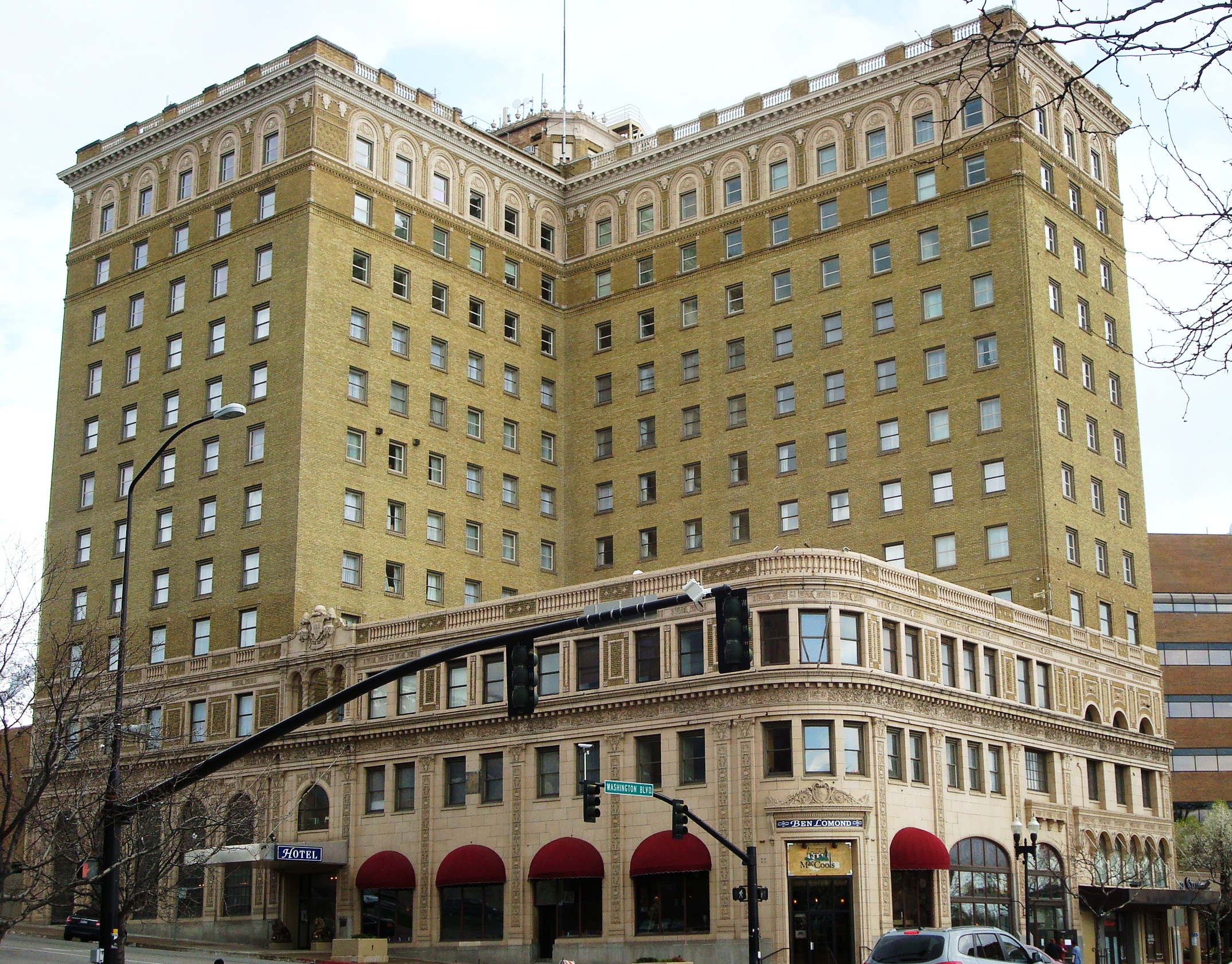The types of houses that embody classic horror-movie atmosphere -- the Addams Family manse and Norman Bates' hilltop aerie -- were cherished by their builders as models of state-of-the-art comfort.
To Richard Morris Hunt, Henry Austin, and other Victorian architects, there was nothing so reassuring as solid, decorative bulk. In the shadow of industrialization, crenellated towers and gingerbread felt homey and safe. With the rise of Sears, Roebuck's mail-order houses, newly affluent prairie dwellers could order their dream homes from catalogs, then have the pieces delivered by freight train.
But what first-time homebuyers saw as homelike, later generations would come to see as sinister, says Dolores Hayden, professor of architecture and American Studies at Yale and author of the recent "A Field Guide to Sprawl" (Norton).
"These houses proclaim extravagant eccentricity," she says. "In no way do they seem to be balanced. If people had a little extra money they could add a turret, or two or three turrets. The overall effect is definitely peculiar."
Modernism's big windows and cool rationality banished the shadowy corners of the Victorian home. And in the sunny postwar years, the spanking-new split-levels of America's suburbs seemed ghost-free. By the 1970s, though, the ghosts were back. Steven Spielberg haunted a piece of California sprawl in "Poltergeist" (1982). Author Anne Rivers Siddons haunted a custom-built mini-mansion in her 1978 novel "The House Next Door."
The Richard Neutra modernist boxes beloved in Hollywood have yet to be haunted onscreen. But Dale Bailey, a horror novelist and author of "American Nightmares: The Haunted House Formula in American Popular Fiction," believes any house is hauntable. All it takes is the sense that once-cherished values are under attack.
Bailey notes that virtually every time someone comes up with a new type of house, someone else figures out a way to haunt it. Dean Koontz haunted a Bill Gates-style computerized house in 1999's "Demon Seed." Hollywood even gave us a haunted homepage in 2002's "FearDotCom." Bailey's own 2003 novel "House of Bones" featured a haunted housing project.
That made me shiver a time or two! Growing up in a small college town, we didn't have many commercial haunted houses to visit locally, but plenty of kids from my high school ventured into the many real abandoned shacks around town and had plenty of scary stories to tell afterward. I'm a bit of a wuss in the face of Halloween spookiness, but here are a few real haunts I'd love to visit:

I've technically been here a couple times already, but never overnight or for a Halloween tour. It's supposed to be haunted by a few different ghosts, and it's where "The Shining" was filmed! Check out the Wikipedia article.
History may have been twisted a time or two in stories of the Salem Witch Trials, but something undoubtedly creepy happened here, and I've love to poke my nose around the museum and some graveyards.
 |
| Ben Lomond Hotel, Ogden, Utah |
This one is one My Main Man's list. He's actually stayed the night here- I sure wouldn't after reading some of these things! However, I do have to say that I'm quite enchanted with this architecture.
What real-life haunts have you visited or want to?

No comments:
Post a Comment
Well aren't you a cool kid. Thanks for dropping me a line!